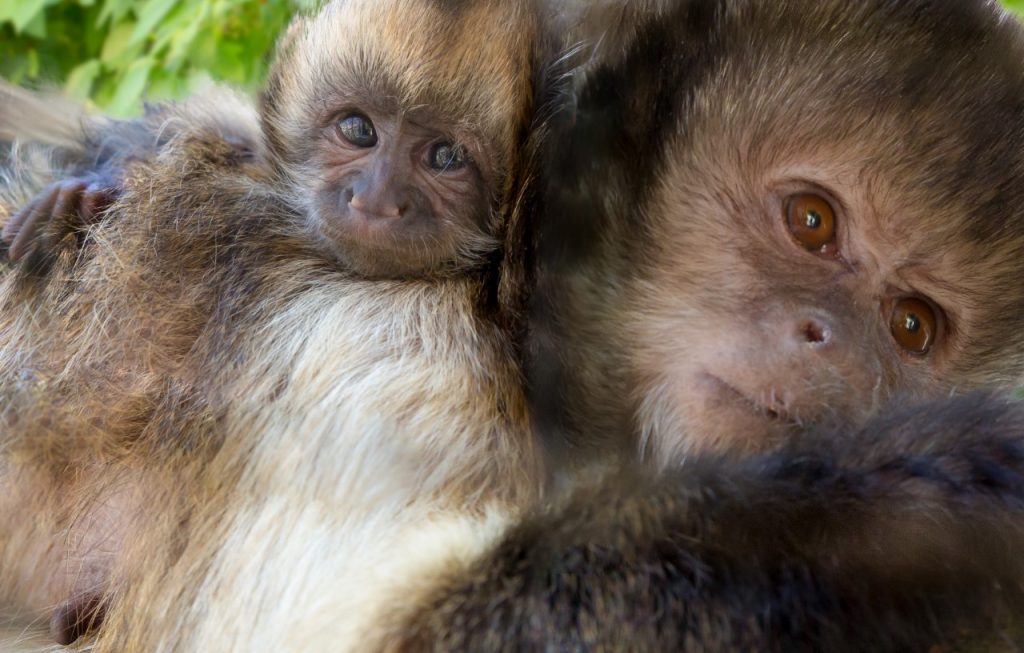Obesity, weight management and dietary analysis in Micronesian kingfishers (Halcyon cinnamomina cinnamomina)
Citation
Slifka KA, McGill P, Oiler A. 2003. Obesity, weight management and dietary analysis in Micronesian kingfishers (Halcyon cinnamomina cinnamomina). In Ward A, Brooks M, Maslanka M, Eds. Proceedings of the Fifth Conference on Zoo and Wildlife Nutrition, AZA Nutrition Advisory Group, Minneapolis, MN.
Abstract
Mortality in captive Micronesian kingfishers (Halcyon cinnamomina cinnamomina) is notably high in age classes that should be peak breeding years. Females, in particular, suffer high rates of mortality earlier than would be expected from examining patterns in related species. Many birds are overweight and sustained weight loss has been difficult to achieve. Body mass for the 2.2 birds in this project were manipulated through bi-weekly weights and diet adjustments in an attempt to keep body masses at less than 65g. Body mass reductions occurred through dietary manipulations for two birds. However, body mass reductions in two other birds appeared to be more a result of location changes and either the stress related to that move or the reduction in available “extra” food items than dietary manipulations. Proximate composition of food items was similar to that previously published. Cholesterol levels in anolis lizards were similar to previously published data on pink mice, whereas cholesterol in cat food and crickets were roughly half that of the vertebrate prey. Fatty acid content of the food items likewise varied. Anolis lizards had the lowest total fatty acid content and the fatty acids were relatively evenly divided among saturated, monounsaturated and unsaturated fatty acids. Pinkie mice were highest in saturated fatty acids, while mealworms were highest in both mono- and polyunsaturated fatty acids and had the highest overall fatty acid content.
 03NAG_09-15.pdf 145 KB
03NAG_09-15.pdf 145 KB








